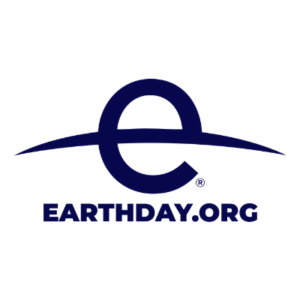Conservation and Biodiversity
How citizen science can protect monarchs
October 30, 2019
Monarch migration season is in full swing. But this legendary journey isn’t quite as we remember it from childhood. These orange and black pollinators, once a familiar sight in backyards across North America, are racing toward extinction primarily due to human activities.
Facing the daunting task of restoring these populations, many have turned to citizen science to monitor, track and protect monarchs. This type of community-based science not only contributes to existing scientific data it also educates and engages the public on critical environmental issues.
So, how can you protect monarchs? First, let’s see what’s harming their populations.
Monarchs and climate change
Monarchs not only have one of the most impressive migration patterns in ecology — traveling over 2,000 miles from Mexico to Canada — but they’re also an essential part of the world’s ecosystem. These butterflies move from plant to plant feeding on nectar, which makes them important pollinators that many flowering crops depend on.
Between 1993 and 2016, monarch populations declined 68%. This shocking drop is primarily due to habitat loss, climate change and pesticide use.
Monarchs breed in milkweed plants, but agricultural growth in the American Midwest, combined with mass amounts of land used to grow corn and soy, have destroyed these plants. Another problem: urban sprawl and industrial development have hurt this habitat particularly hard, as milkweed is often seen as a weed to be eradicated.
Climate change has also hurt monarch populations. Migration patterns, which are dependant on the weather, have been increasingly disrupted by rising temperatures. Without these essential climate signals, monarchs can’t find their way from one habitat to another.
The last major threat to monarch populations is widespread pesticide use. Studies show that milkweed near agricultural areas contains pesticides and herbicides that stunt caterpillar growth. Pollinator species like monarchs are not only threatened by pesticides in milkweed but their travel between plants to collect nectar also makes them particularly sensitive to pesticide use.
Protecting monarchs
We can do a lot to stop these trends. Planting milkweed native to your region, buying organic produce, engaging in sustainable farming and supporting roadside and community milkweed gardens all help monarchs and their habitats. To truly understand and protect these populations effectively, however, we need data, and lots of it.
This is where citizen science comes in. The average person may think that scientific data collection is far beyond their skillset or comprehension, but that’s not true! Every single person can be a citizen scientist.
Citizen science is all about mobilizing individuals to collect, share and act on scientific data about issues they care about. Citizen scientists have the power to share information in places, scales and resolutions previously unachievable, resulting in a larger, more diverse dataset than any one scientist could collect alone.
The information produced by citizen science projects can support and augment formal reporting, helping people hold governments and companies accountable to their commitments, while also educating participants on the world around them.
This makes citizen science the perfect tool for bringing back healthy monarch populations.
Earth Challenge 2020
The monarch butterfly crisis lacks public understanding and accessible data for researchers. It was this dilemma that sparked Earth Challenge 2020. Earth Challenge 2020 is a citizen science campaign that uses modern technology like smartphones and machine learning to create a globally accessible tool with which anyone can collect, review and learn about monarch data.
Earth Challenge 2020 will launch on April 1, 2020, in honor of the 50th anniversary of Earth Day. the campaign aims to aggregate 1 billion data points within the month of April. Besides addressing declining monarch and insect populations, the initiative will also tackle issues like air pollution and plastic pollution. This data will be open and freely available through an Earth Challenge 2020 cloud platform.
When you launch the Earth Challenge app you will be able to snap photos of the insects that you see in everyday life and submit them to be verified. Once the data has been verified, you can view your datapoint alongside others in your community and around the world. In addition to inputting data, the app also provides the opportunity to learn more about what your data means and how you can use it to create safer, healthier communities.
This system allows scientists to get a clear view of the distribution of monarch butterflies and their migration patterns. With this knowledge, one can identify regions that need habitat restoration and understand the extent of the declining monarch crisis that we face today.
There is a current and desperate need to save disappearing pollinators. Our ecosystems and agricultural production are dependent on these amazing creatures. Monarch butterflies are a testament to how incredible our planet is — their loss would be a moral, ecological and economic disaster. Earth Challenge 2020 will give everyone the tools to make small digital acts, that will grow into large environmental change.
To learn more follow us on twitter @Earth_Challenge or visit Earth Challenge 2020.

